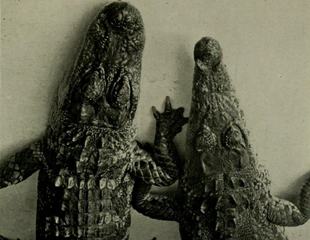We just learned a little about Saturn.
Uranus is the third biggest planet in the solar system and almost the furthest from the sun.
It is over 14 times bigger than Earth

(from: wikipedia - uranus)
The most interesting thing about Uranus is the way it rotates or spins.
The way Earth and the other planets spin around, you can think of them like spinning tops orbiting the sun.
But Uranus doesn't spin like a top, it acts more like a ball rolling on the ground.
The orbit is completely sideways!
This means that for half of it's year, it's South Pole is facing the sun,
and for the other half, it's North Pole is facing the sun.
Since a year on Uranus is 84 Earth years long, that means it's sunny in the North Pole for 42 years!





